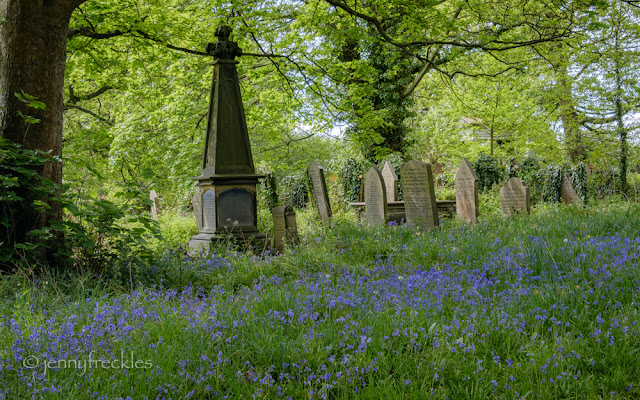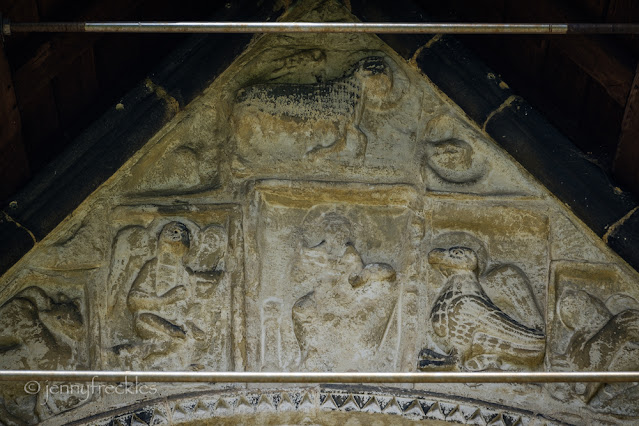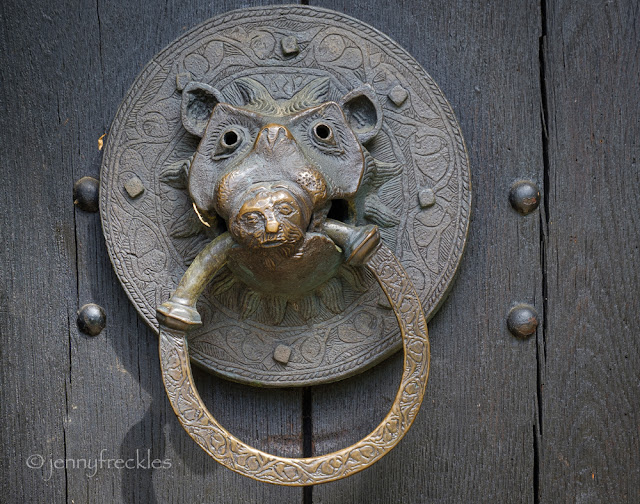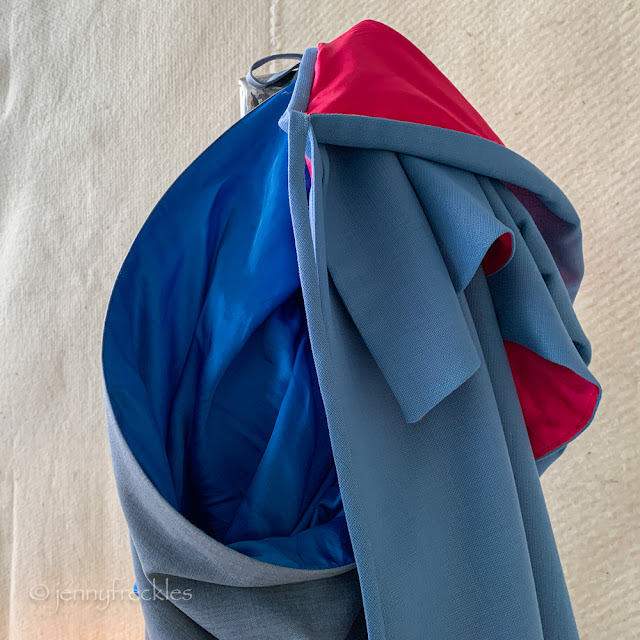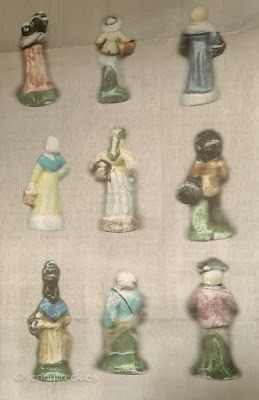I've walked through the churchyard of St John the Baptist, Adel's parish church, many times and never found the church open. So when a member of my camera club organised a formal visit, I jumped at the chance. It is one of the best and most complete Norman churches in Yorkshire. Even at a cursory glance, you can see the quality of the elaborately carved south doorway; its rounded arch proclaims it to be Norman. The church was built between 1150 and 1170, though has inevitably been restored and altered somewhat since then. Sadly the carvings are heavily eroded and a wood and metal canopy has been erected to try and protect it from the weather.

There was an interesting photo in the vestry, Victorian I imagine, with the chap in his bowler hat and cutaway jacket (both Victorian working class attire). It shows the doorway prior to the canopy being added and you can see how much sharper the carving appears, some 150 years ago. At some stage too, it seems to have been painted with limewash in a misguided attempt to preserve the stonework.
The corbels above the windows show a range of grotesque faces.
Tragically, the original 13th century bronze sanctuary ring (door knocker), depicting a lion swallowing a man, was stolen in 2002 and has been replaced by a replica.
The church sits in a large and very pretty graveyard. The gravestone in my photo below seemed to be one of the older ones, dated 1776, and I was touched to note the two mistakes in the names, which have been corrected - from Ainsworth to Hainsworth. (Blame the local accent for that! Yorkshire folk do drop their 'haitches'!)
Outside the front gate, a mounting block would have assisted those arriving in a carriage or on a horse. You don't see those very often round here.
It's altogether a delightful church and I'll show some of its interior tomorrow.










